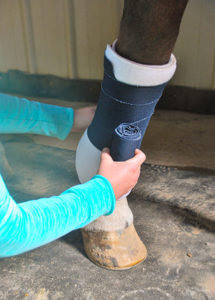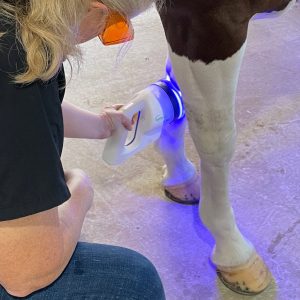Extinct Zebra Subspecies Could Aid Equine Research
While it’s not quite a real-life Jurassic Park scenario, researchers are currently working to bring the quagga—a type of South African zebra, extinct since the late 19th century—back to life. This revived subspecies could offer scientists some exciting equine research opportunities.
Stripes’ effects on flies and equine thermoregulation are among the studies on the scientific agenda with the “rebirth” of the quagga, which had stripes around the face, neck, and front upper back, said Peter Heywood, PhD, of the Department of Molecular Biology, Cell Biology, and Biochemistry at Brown University in Providence, R.I. Heywood recently reported on “The Quagga Project“—the breeding project intended to bring the quagga back out of extinction.
The Quagga Project is benefiting from knowledge about the quagga subspecies gained through mitochondrial DNA analysis. Work with DNA obtained from taxidermied quaggas in European museums has revealed that this unique equid is not actually a separate species, but merely a subspecies of the plains zebra. The plains zebra—which often has fewer stripes than other types of zebras—is one of three zebras that resides in South Africa, Heywood said. DNA analysis suggests the quagga diversified from the plains zebra fairly recently—between 120,000 to 290,000 years ago. And this, he said, gives researchers hope that the quagga’s genes might still be found in some of the plains zebras.
Interestingly, he added, despite the quagga’s partially solid coloring, DNA analysis showed that the species’ coat pattern did not make it more “horselike,” genetically speaking
Create a free account with TheHorse.com to view this content.
TheHorse.com is home to thousands of free articles about horse health care. In order to access some of our exclusive free content, you must be signed into TheHorse.com.
Start your free account today!
Already have an account?
and continue reading.

Written by:
Christa Lesté-Lasserre, MA
Related Articles
Stay on top of the most recent Horse Health news with












